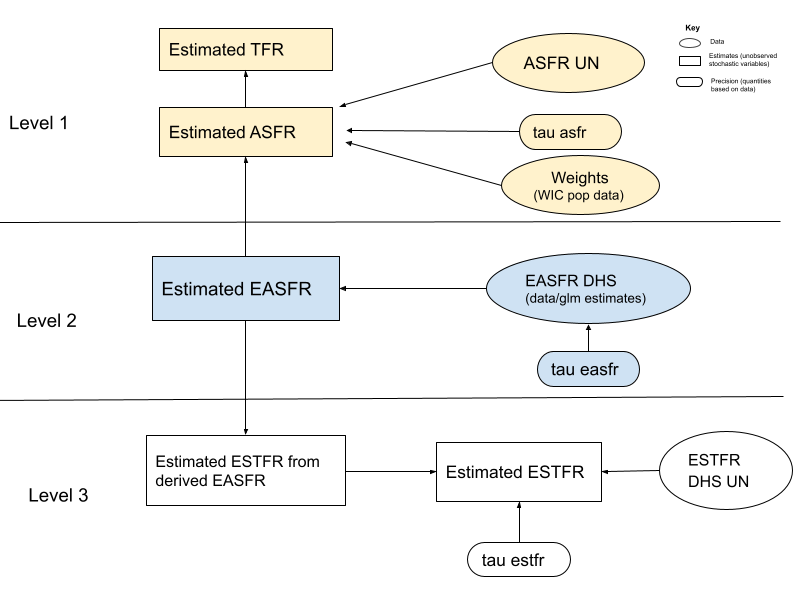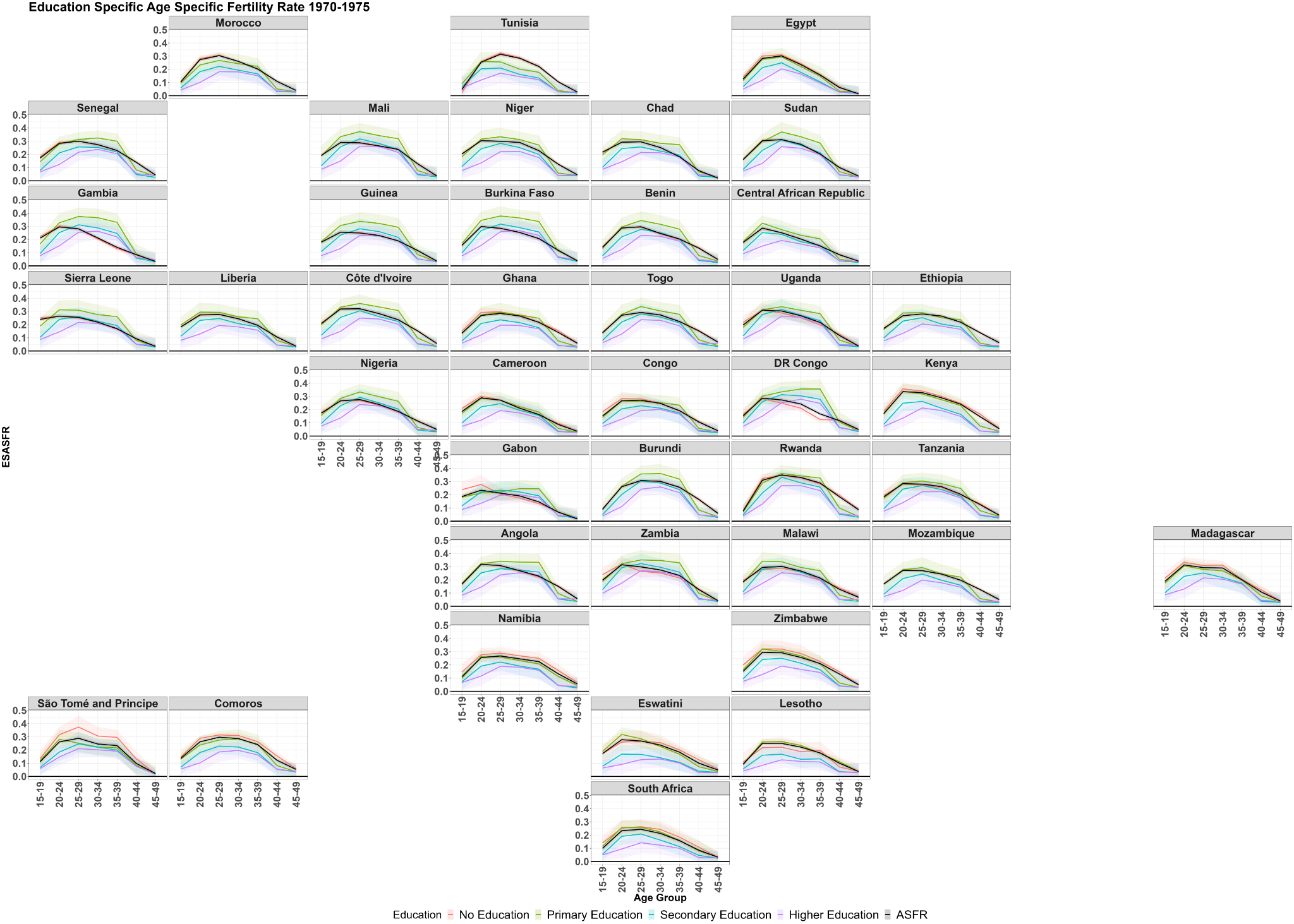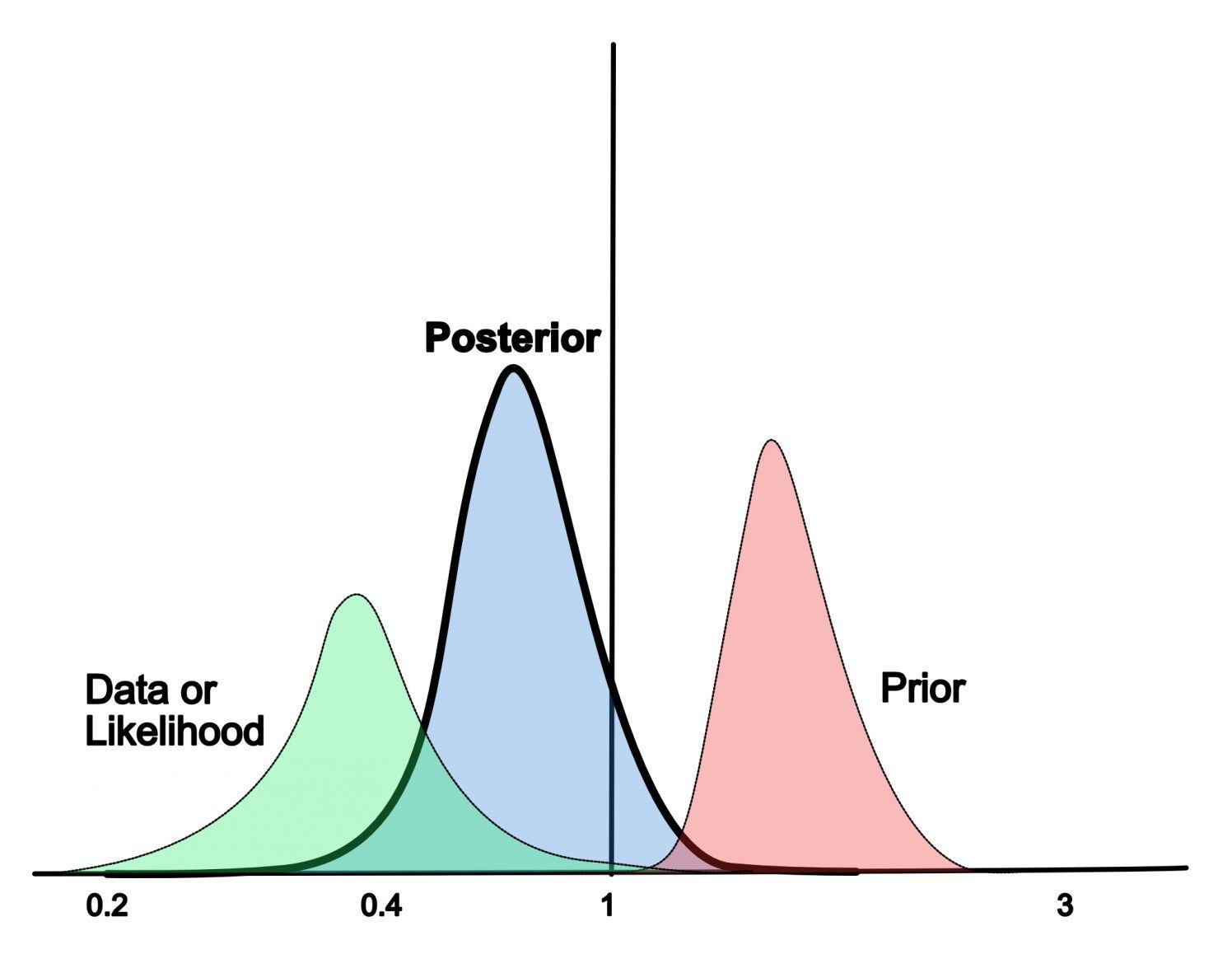AFRICAN FERTILITY DATA
DOWNLOAD EDUCATION SPECIFIC FERTILITY ESTIMATES AND PLOTS FOR AFRICAN COUNTRIES
Citation:
Wittgenstein Centre for Demography and Global Human Capital (WIC) Wittgenstein Centre Data Explorer.
Version 2.0, 2018
Visit Wittgenstein Center for Demography and Global Human Capital to download eduation specific popuation data.
This website shows the education specific rates for African countries as part of the Bayesian reconstruction of populations and vital rates by educational attainment (BayesEdu) project funded by OEAW, IF_2019_29. Fertility rates provided on this page are estimated for 5-year periods and 5-year age groups for African countries by level of education. Our modeling framework consists of two main steps. The first step of our appr oach involves estimating EASFRs for the countries, which enter the Bayesian model as initial values, using a generalized linear model with a Poisson link. The generalized linear model is describes as;
$$ ESASFR^{DHS} \thicksim Education + Age \; Group + Country + Period + Age \; Group \cdot Country + Country \cdot Period + Education \cdot Age \; Group + Period \cdot Age \; Group.$$
Education Levels: The education levels used follow the descriptions of the Demograhic and Health Surveys (DHS). The levels are; no education, primary education, secondary education and higher education.
Using the regression model, we estimate initial EASFR values between 1970-1975 and 2015-2020 in five-years intervals.
The estimates produced by the regression model are a reflection of DHS estimates and do not match with the UN WPP ASFRs.
To deal with data quality issues and to ensure consistency with the UN WPP ASFR, we employ a Bayesian framework in the second step.
See Durowaa-Boateng et al 2023 and Yildiz et al 2023 for more details.
The Bayesian model (Step 2) follows the framework below

This app is an extension of the Bayesian Reconstruction of Populations and Vital Rates by Educational Attainment (BayesEdu) poject, number IF_2019_29. The aim of the project is to combine available demographic data to provide true estimates of population sizes, and vital rates by educational attainment with uncertainty around them. Funded from the Innovation Fund Research, Science and Society by the Austrian Academy of Sciences (OEAW).
Contributors : Afua Durowaa-Boateng, Dilek Yildiz and Anne Goujon
Contact Afua Durowaa-Boateng at [email protected].



